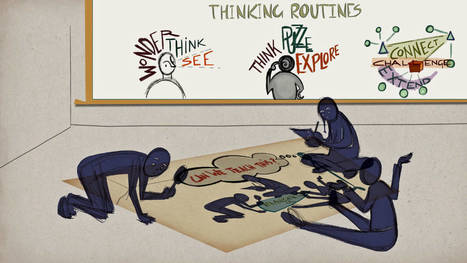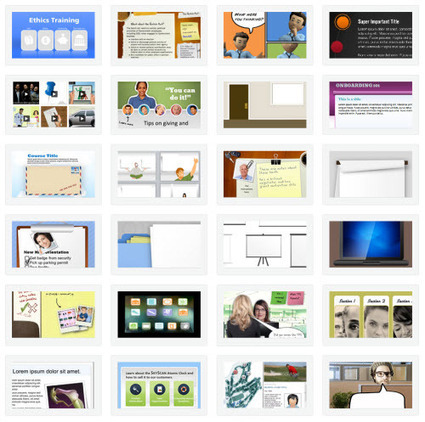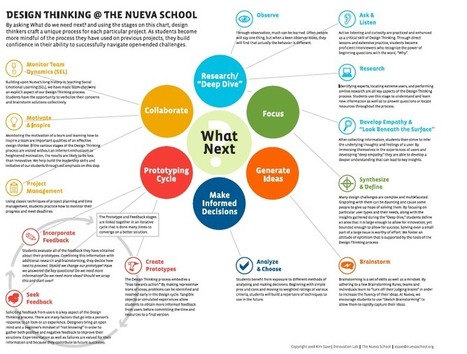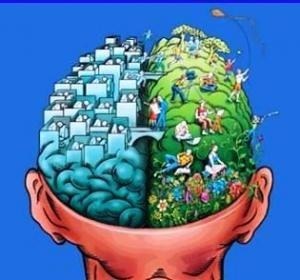Design Thinking is a mindset and approach to learning, collaboration, and problem solving. In practice, the design process is a structured framework for identifying challenges, gathering information, generating potential solutions, refining ideas, and testing solutions. Design Thinking can be flexibly implemented; serving equally well as a framework for a course design or a roadmap for an activity or group project.
Download the HGSE Design Thinking in Education infographic to learn more about what Design Thinking is and why it is powerful in the classroom.
Download the Infographic:
https://tll.gse.harvard.edu/files/hgsetll/files/designthinkingeducation.pdf
Learn more / En savoir plus / Mehr erfahren:
http://www.scoop.it/t/21st-century-learning-and-teaching/?&tag=Design-Thinking
https://gustmees.wordpress.com/2014/10/03/design-the-learning-of-your-learners-students-ideas/
Via Gust MEES, Jim Lerman



 Your new post is loading...
Your new post is loading...















Download the Infographic:
https://tll.gse.harvard.edu/files/hgsetll/files/designthinkingeducation.pdf
Learn more / En savoir plus / Mehr erfahren:
http://www.scoop.it/t/21st-century-learning-and-teaching/?&tag=Design-Thinking
https://gustmees.wordpress.com/2014/10/03/design-the-learning-of-your-learners-students-ideas/